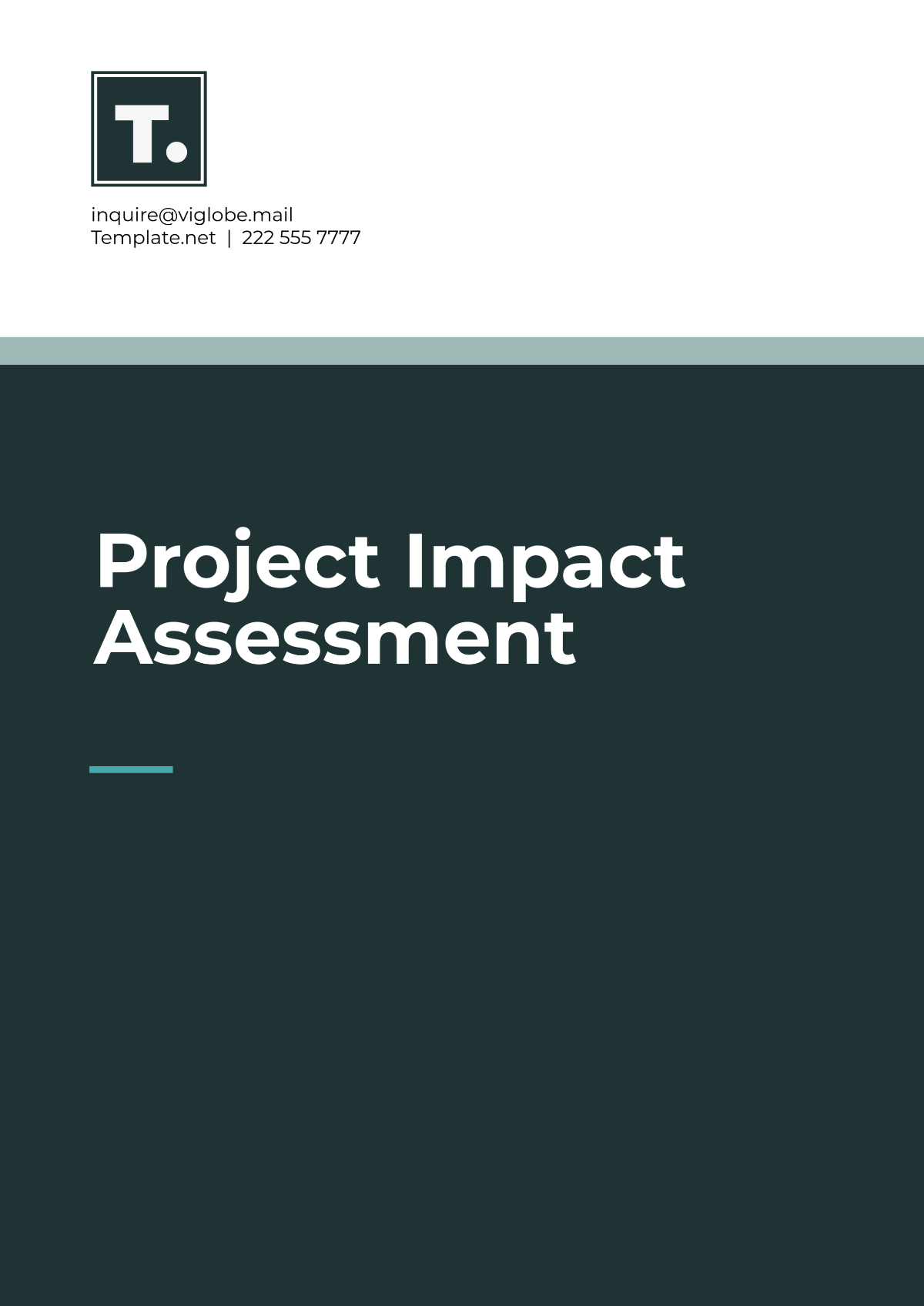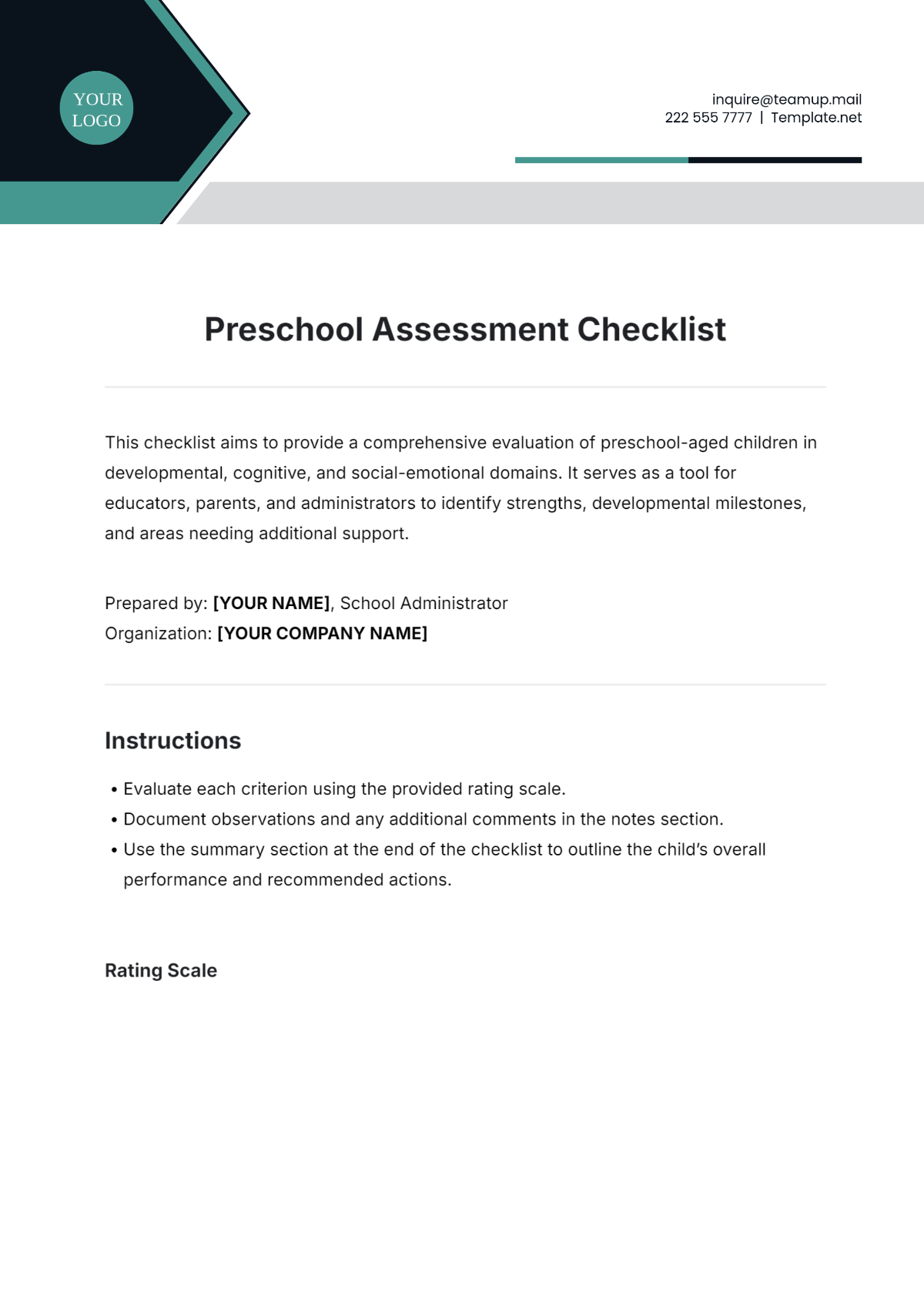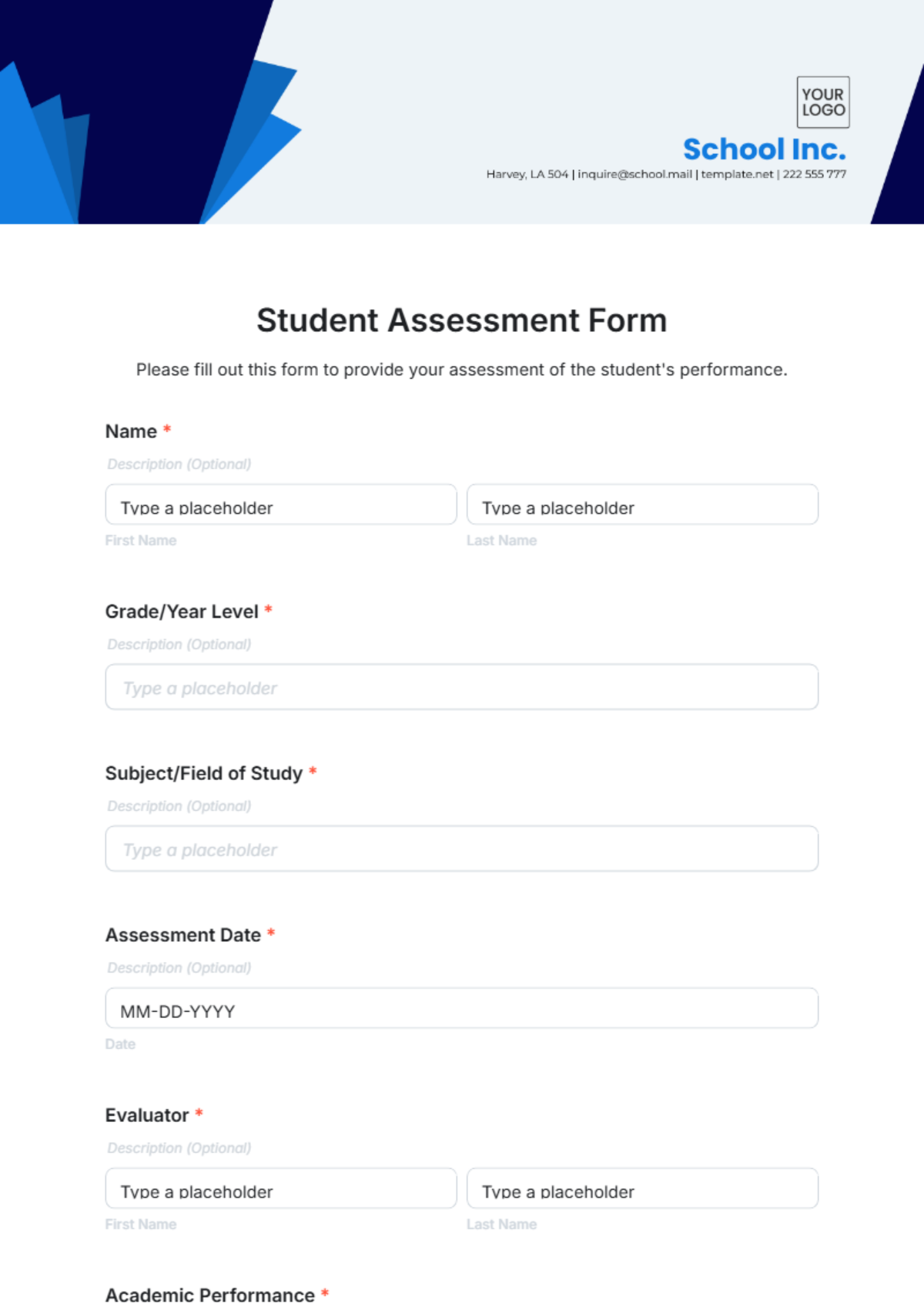Engineering Risk Assessment Design
Project Name: "Solar-Powered Smart Grid Development"
Date of Assessment: January 15, 2075
1. Introduction
A. Objective:
This document provides a comprehensive risk assessment for the "Solar-Powered Smart Grid Development" project, initiated on January 15, 2075. The goal is to evaluate, prioritize, and mitigate the potential risks related to the engineering, construction, and operational phases of the smart grid.
B. Scope:
The scope includes the design, construction, and integration of a renewable energy-based smart grid that will supply sustainable electricity to urban areas, covering all engineering disciplines from solar panel installation to grid optimization.
C. Risk Assessment Methodology:
The risk assessment methodology follows a Qualitative Risk Assessment model, which assesses the impact and likelihood of each identified risk using a scale from 1 to 5. The risks are then classified as high, medium, or low, and mitigation strategies are outlined accordingly.
2. Risk Identification
Risk ID | Risk Description | Impact (1-5) | Likelihood (1-5) | Risk Level | Mitigation Strategy |
|---|---|---|---|---|---|
1 | Delays in obtaining permits for solar panel installations due to regulatory approval processes. | 4 | 4 | High | Expedite the permitting process by working closely with local authorities and ensuring compliance with all regulations. |
2 | Supply chain disruptions for solar panels and battery storage systems due to global shortages. | 4 | 3 | Medium | Secure long-term contracts with multiple suppliers and identify alternative suppliers in different regions. |
3 | Poor weather conditions delay construction activities. | 3 | 5 | High | Build a contingency plan with buffer time for weather-related delays and monitor weather forecasts regularly. |
4 | Incompatibility between new smart grid technology and existing grid infrastructure. | 5 | 2 | Medium | Conduct thorough system integration testing before implementation and ensure compatibility with legacy systems. |
5 | Cybersecurity threats to the smart grid's control system. | 5 | 4 | High | Implement robust cybersecurity protocols, including encryption and continuous monitoring of system vulnerabilities. |
6 | Budget overruns due to unexpected engineering challenges. | 4 | 3 | Medium | Regularly review project costs and allocate a contingency fund for unforeseen engineering challenges. |
3. Risk Analysis
Impact Scale:
1 = Negligible
2 = Minor
3 = Moderate
4 = Major
5 = Catastrophic
Likelihood Scale:
1 = Rare
2 = Unlikely
3 = Possible
4 = Likely
5 = Almost Certain
4. Risk Evaluation
Risk Priority Matrix:
The risk matrix below evaluates the priority of each identified risk, considering both its impact and likelihood:
Impact \ Likelihood | 1 (Rare) | 2 (Unlikely) | 3 (Possible) | 4 (Likely) | 5 (Almost Certain) |
|---|---|---|---|---|---|
1 (Negligible) | Low | Low | Low | Low | Medium |
2 (Minor) | Low | Low | Medium | Medium | High |
3 (Moderate) | Low | Medium | Medium | High | High |
4 (Major) | Medium | Medium | High | High | Very High |
5 (Catastrophic) | Medium | High | High | Very High | Very High |
5. Risk Mitigation
Action Plan:
The following mitigation strategies are planned for each identified risk:
Risk ID | Mitigation Strategy | Responsible Party | Deadline | Status |
|---|---|---|---|---|
1 | Expedite the permitting process by working closely with local authorities and ensuring compliance with all regulations. | Emily Parker (Project Manager) | February 28, 2075 | Ongoing |
2 | Secure long-term contracts with multiple suppliers and identify alternative suppliers in different regions. | Sarah Johnson (Risk Management Specialist) | March 15, 2075 | Pending |
3 | Build a contingency plan with buffer time for weather-related delays and monitor weather forecasts regularly. | John Smith (Lead Engineer) | Ongoing | In Progress |
4 | Conduct thorough system integration testing before implementation and ensure compatibility with legacy systems. | Emily Parker (Project Manager) | June 30, 2075 | Pending |
5 | Implement robust cybersecurity protocols, including encryption and continuous monitoring of system vulnerabilities. | Sarah Johnson (Cybersecurity Specialist) | July 31, 2075 | Pending |
6 | Regularly review project costs and allocate a contingency fund for unforeseen engineering challenges. | Emily Parker (Project Manager) | Ongoing | In Progress |
6. Risk Monitoring & Review
Monitoring Plan:
Risk monitoring will be conducted bi-monthly to ensure that mitigation strategies are effective and that new risks are identified as the project progresses. Risk assessments will be reviewed at key milestones during the project timeline.
Review Frequency:
Every 2 monthsResponsible for Monitoring:
Emily Parker (Project Manager) and Sarah Johnson (Risk Management Specialist)
7. Conclusion
The "Solar-Powered Smart Grid Development" project aims to enhance energy efficiency and sustainability. By proactively identifying and mitigating potential risks, we can ensure the project's successful completion and operation. Ongoing monitoring and adjustments to risk management strategies will be carried out to address any emerging issues promptly.
Approved by:
 [Your Name]
[Your Name]
Lead Engineer
 Emily Parker
Emily Parker
Project Manager

















































